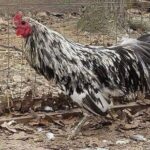
- Splash Sumatra – Sold as Baby Chicks Only – No Sexing Available

Not Sexed Splash Sumatra
Continue Reading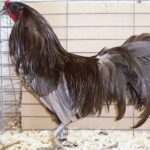
Seasonal/Shipped Feb thru mid August
Continue ReadingBlue Sumatra
Continue ReadingBlack Sumatra
Continue Reading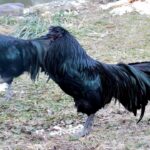
Enjoy your free downloadable gift for updating your dealer listing with us here at Cackle Hatchery! Click Here to Download As an added bonus after downloading feel free to print any Cackle Hatchery sales sheets for poultry you may need instore: PRINTABLE CHICK SALES SHEETS Tips for printing: Make sure your printer settings are set […]
Continue Reading
For exhibition purposes, large chicken breeds recognized by the American Poultry Association (APA) are organized into six classes. Most of the classes represent the geographic region where the breeds originated or were developed. Knowing a chicken’s APA class lets you infer a number of things about the breed, including temperament, laying ability, climate tolerance, and […]
Continue Reading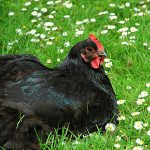
The definition of black chicken breeds depends on who’s talking. The term might refer to a breed that’s truly all black — feathers, comb and wattles, beak, shanks and feet, skin, and even bones. But some chicken breeds with black skin and other body parts have varieties with alternative plumage colors besides black. Many chickens […]
Continue Reading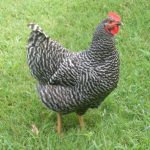
Some chicken breeds are more heat tolerant that others. They typically are lightweight breeds with large combs and wattles, sparse feathering, and clean legs. Other breeds are more cold hardy. They generally are the heavier breeds with tight combs, small wattles, and dense feathering. Some breeds, however, are able to handle both warm and cold […]
Continue Reading